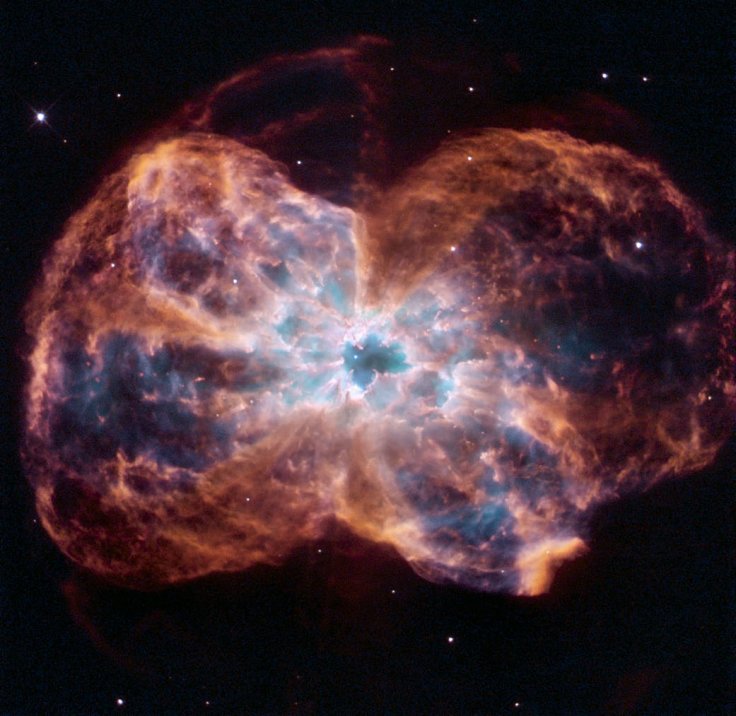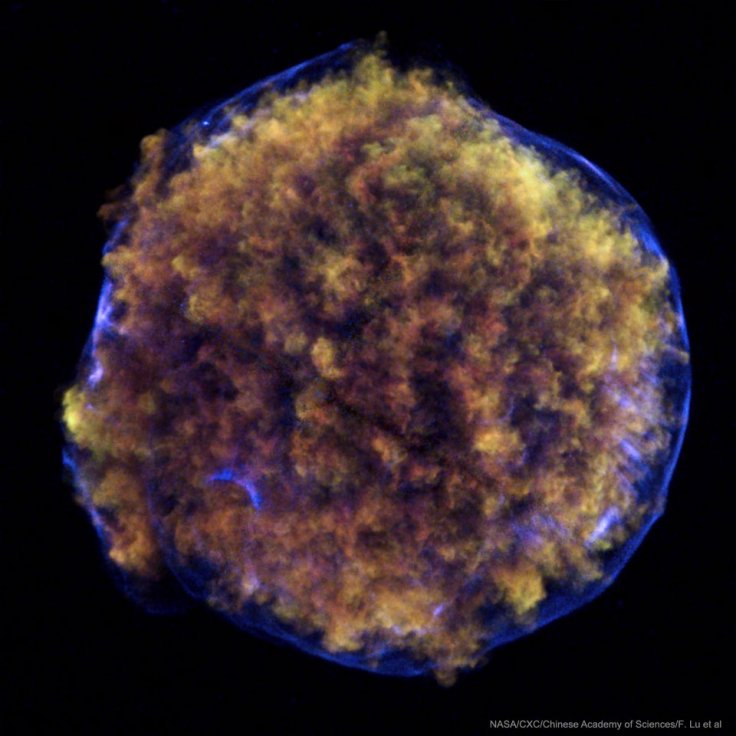
The Hubble Space Telescope snapped an incredible photo of a dying star's outburst. According to NASA, the Sun will eventually go through the same cosmic event once its life cycle ends billions of years from now.
NASA and the European Space Agency's (ESA) Hubble was able to capture a photo of a distant nebula identified as NGC 2440. This nebula lies about 4,000 light-years from Earth. As explained by the American space research organisation, nebula was formed by a series of cosmic events triggered by a dying star's last moments.
The star, which is a white dwarf, appears as a bright dot at the centre of the nebula in Hubble's photo. As per NASA, this is one of the hottest white dwarfs ever discovered, with surface temperatures reaching up to 3,60,000 degrees Fahrenheit.
As seen in the photo, a large layer of gas erupted from the dying star. The gas within this layer is then illuminated by the ultraviolet light coming from the white dwarf. NASA explained that traces of the gas layer's eruption can be seen in the photo.
"The nebula's chaotic structure suggests that the star shed its mass episodically," NASA explained in a statement. "During each outburst, the star expelled material in a different direction. This can be seen in the two bowtie-shaped lobes."

According to NASA, the Sun will eventually go through the same process once fuel powering its natural functions run out. When this happens, the giant star will collapse on itself under the weight of its own gravity. The space research organisation noted that this major cosmic event could happen in about five billion years from now.
"This image, taken by the NASA/ESA Hubble Space Telescope, shows the colourful 'last hurrah' of a star like our sun," NASA stated. "The star is ending its life by casting off its outer layers of gas, which formed a cocoon around the star's remaining core."
"Ultraviolet light from the dying star makes the material glow," the agency continued. "The burned-out star, called a white dwarf, is the white dot in the centre. Our sun will eventually burn out and shroud itself with stellar debris, but not for another 5 billion years."









